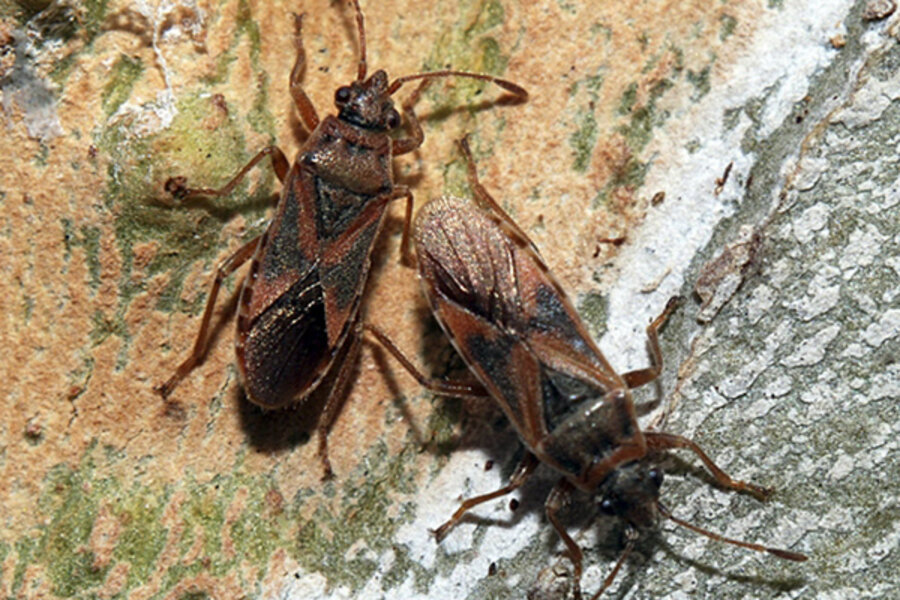New invasive, swarming insect found in the US for the first time
Loading...
| Boise, Idaho
An invasive insect commonly found in south-central Europe has been detected in southwestern Idaho, marking the first time the elm seed bug has been spotted in the US, according to federal officials.
A US Agriculture Department specialist has confirmed the discovery of the pests that officials say don't pose a threat to trees, despite their name — but do tend to enter houses and buildings in huge swarms.
The Idaho Department of Agriculture issued a statement Wednesday warning that the bugs recently found in Ada and Canyon counties can prove to be a "significant nuisance" for homeowners. Elm seed bugs invade homes during the summer to escape heat, and then stick around through the winter, the department said.
The quarter-inch pests, which feed on elm tree seeds and resemble tiny, brown cockroaches with triangular back markings, do not pose a public health risk, officials said. But the bugs can have an unpleasant odor, "especially when crushed," said Pamela Juker, a spokeswoman for the Idaho Agriculture Department.
Federal authorities will take the lead role in investigating how the insects got to the U.S. and how they might spread.
"I would image they will be able to give us some indication of the possibilities," Juker said.
The USDA's Animal and Plant Health Inspection Service is expected to recommend ways to manage the pests.
Meanwhile, state officials are asking residents who come across the elm seed bugs outside of southwestern Idaho to collect a handful of the insects in a plastic sandwich bag and mail them to the Idaho Department of Agriculture's plant division in Boise.
The agency also is encouraging homeowners who encounter the pests to contact their local university extension office for information on how to deal with them.
"What we're trying to do at this point," Juker said, "is kind of track the bug in Idaho."







